
In today’s fast-paced world, having a little piece of nature inside your home can be a breath of fresh air. Vertical herb gardens are an excellent way to bring the outdoors inside, especially in urban environments where space is limited. They not only provide a green sanctuary but also supply fresh herbs for your culinary creations. Positioning these gardens on kitchen windows allows for optimal sunlight exposure, making it easier to grow healthy and vibrant plants.
The Benefits of Vertical Herb Gardens
Vertical herb gardens are perfect for small spaces. They maximize the use of vertical space, allowing you to grow a variety of herbs without taking up too much room. These gardens are also aesthetically pleasing, adding a lush green backdrop to your kitchen. Furthermore, growing your own herbs at home ensures you have access to fresh, organic produce, which can enhance the flavors of your dishes.
Choosing the Right Herbs
When selecting herbs for your vertical garden, consider those that thrive indoors and require similar care. Basil, parsley, mint, chives, and thyme are popular choices due to their adaptability and culinary versatility. Ensure you choose herbs that you regularly use in your cooking to make the most out of your garden.
Materials Needed to Build Your Vertical Herb Garden
To create your vertical herb garden, you will need a few essential materials: a sturdy frame or hanging system, pots or containers, potting soil, and your chosen herb seedlings. You can repurpose materials like wooden pallets or purchase vertical planters designed specifically for indoor gardens. Make sure the containers have proper drainage to prevent waterlogging, which can damage the roots of your plants.
Steps to Assemble Your Vertical Herb Garden
Step 1: Choose Your LocationFind a spot in your kitchen that receives plenty of sunlight, ideally near a south-facing window. Ensure the area can support the weight of your vertical garden.
Step 2: Prepare Your MaterialsAssemble your frame or hanging system. If you’re using a wooden pallet, ensure it’s clean and sturdy. Arrange your pots or containers in a way that maximizes sunlight exposure for all plants.
Step 3: Plant Your HerbsFill your containers with potting soil and plant your herbs according to their specific needs. Be mindful of spacing to allow each plant room to grow.
Step 4: Water and MaintainRegularly water your herbs, being careful not to overwater. Trim the herbs as needed and remove any dead leaves to promote healthy growth.
Maintaining Your Vertical Herb Garden
Regular maintenance is crucial for the success of your vertical herb garden. Monitor the plants for signs of pests or diseases, and address any issues promptly. Fertilize the herbs every few weeks with a balanced, water-soluble fertilizer to ensure they receive the necessary nutrients.
Creative Ideas for Your Vertical Herb Garden
Get creative with your vertical herb garden by incorporating decorative elements. Use colorful pots or add a chalkboard label to each container to identify the herbs. Consider incorporating LED grow lights to supplement natural light, especially during the winter months when sunlight is limited.
Conclusion
Vertical herb gardens for kitchen windows are a practical and beautiful way to enhance your living space and culinary experience. With the right materials and care, you can enjoy fresh herbs year-round, adding flavor and a touch of nature to your home. Start your vertical herb garden today and transform your kitchen into a green oasis.
Vertical herb gardens maximize the use of vertical space, making them perfect for small spaces. Growing your own herbs at home ensures access to fresh, organic produce. Basil, parsley, mint, chives, and thyme are popular choices for indoor herb gardens. Regular maintenance is crucial for the success of your vertical herb garden. With the right materials and care, you can enjoy fresh herbs year-round. 
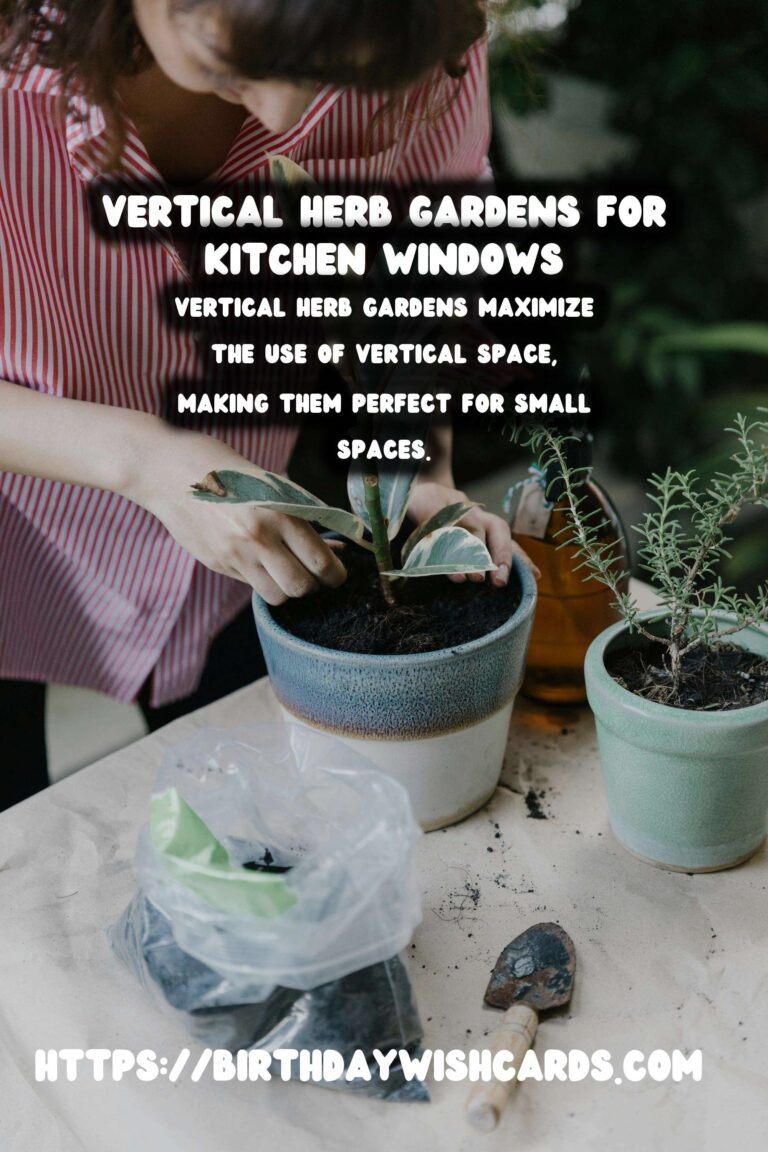
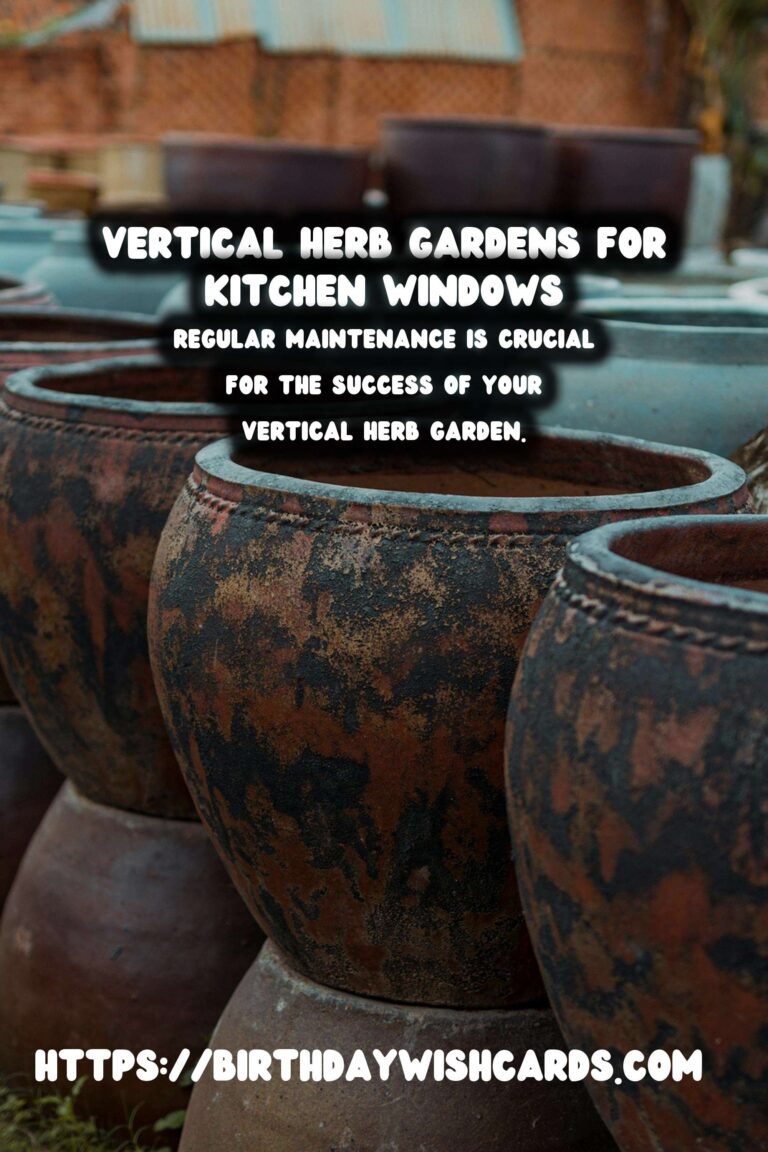
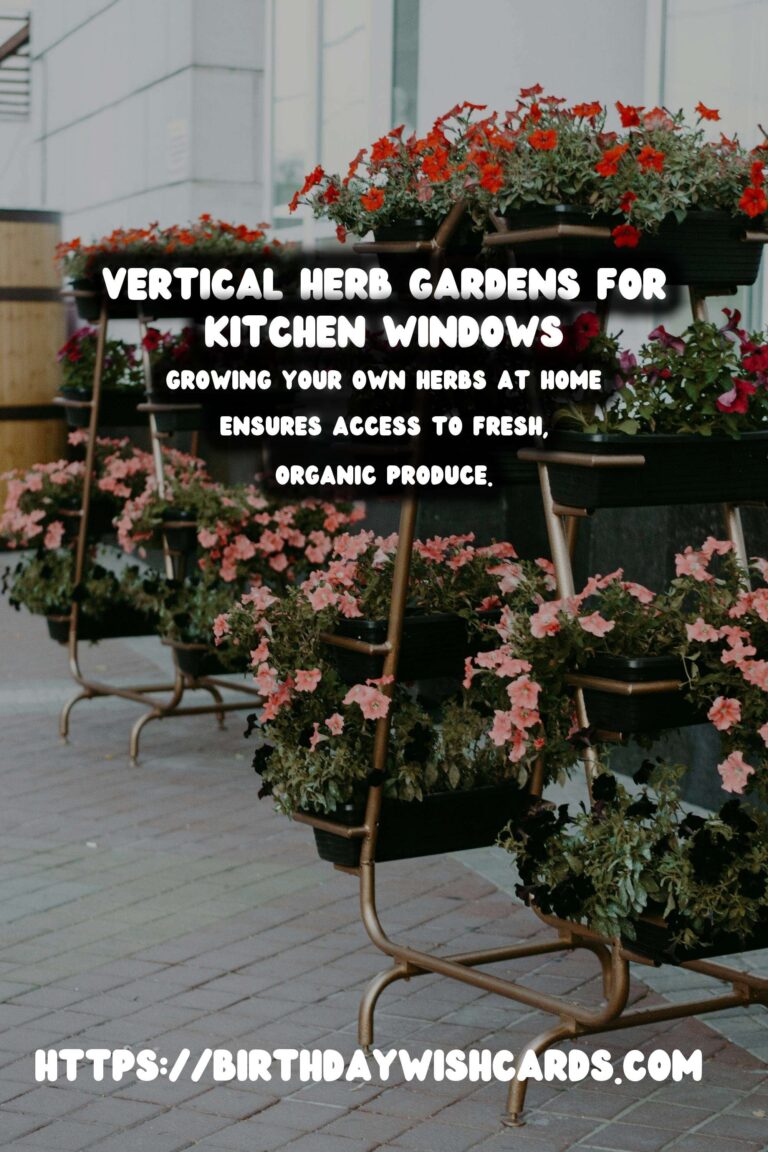




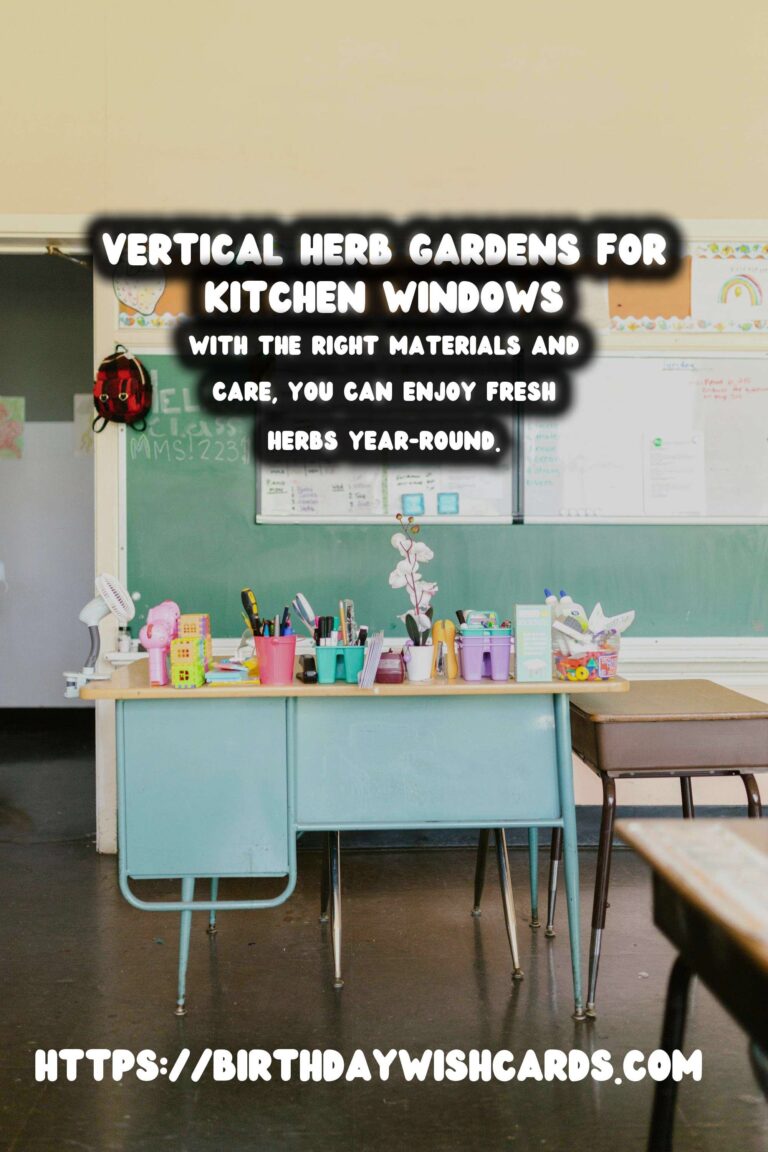
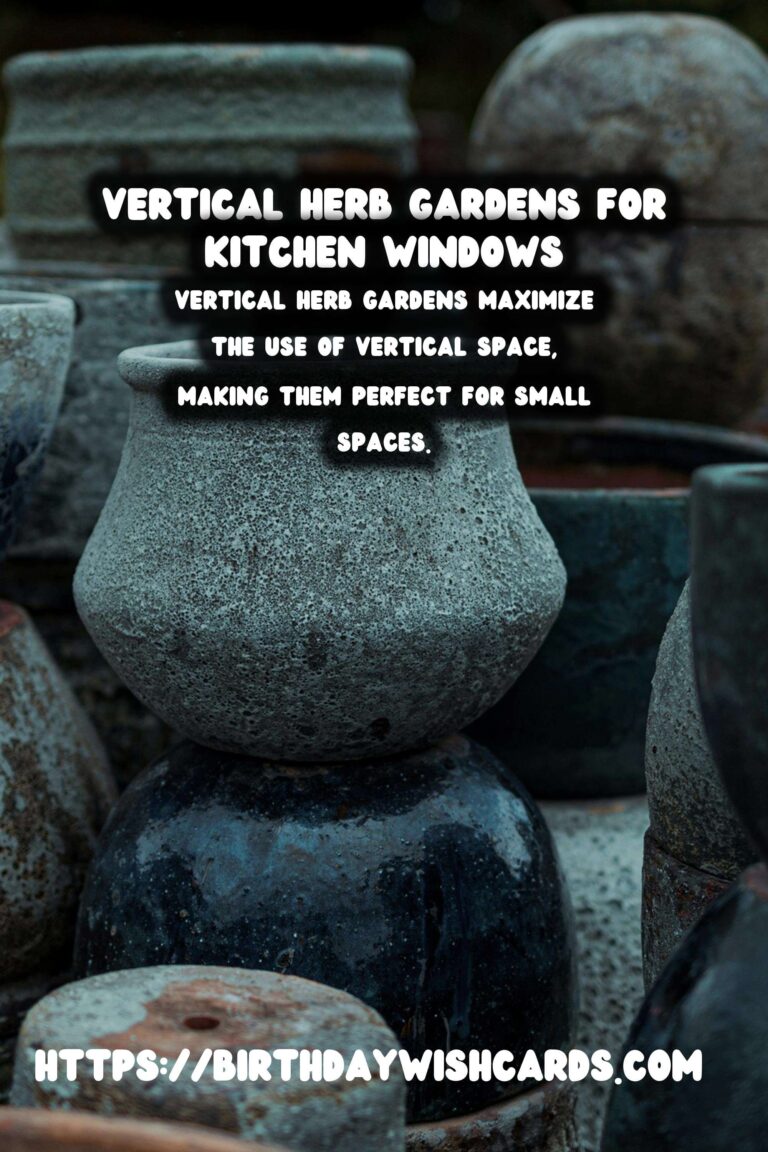
#VerticalHerbGarden #KitchenGardening #IndoorPlants #HerbGarden #GreenLiving




